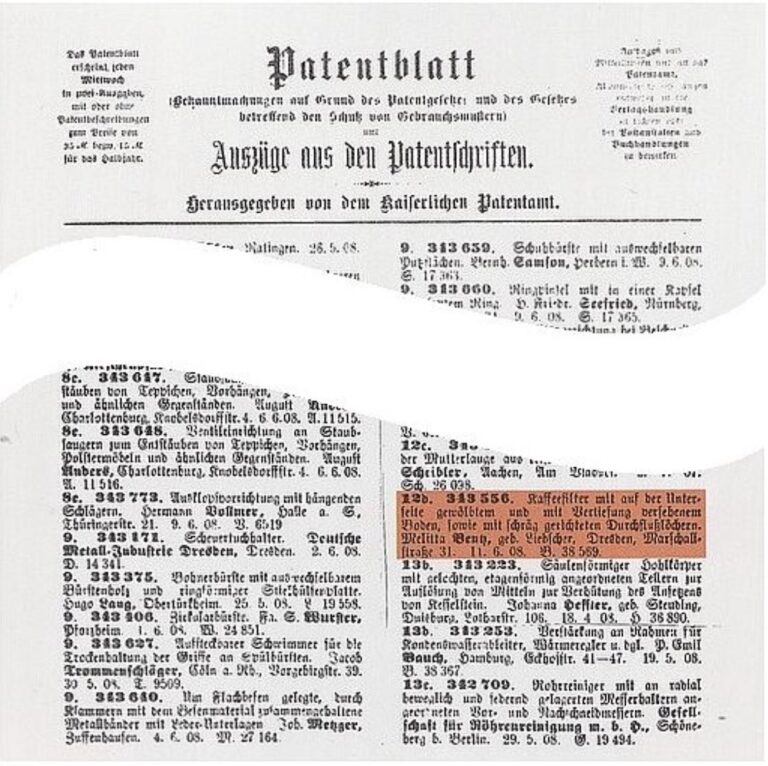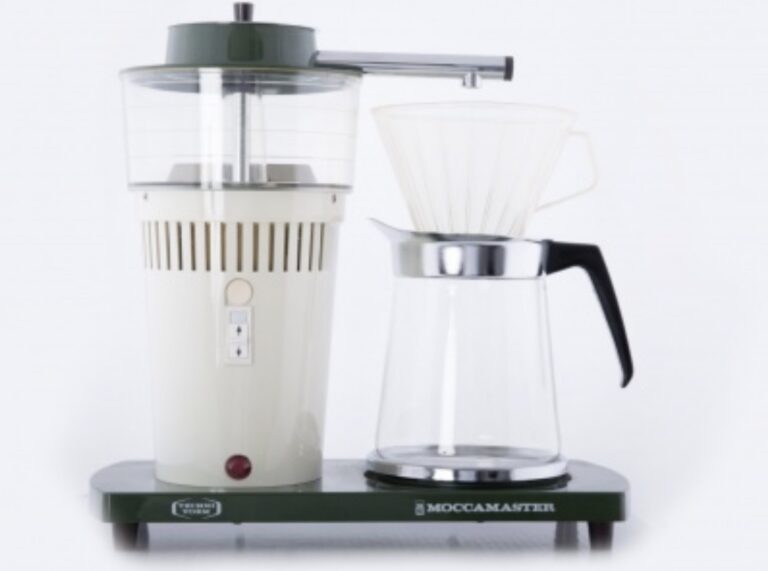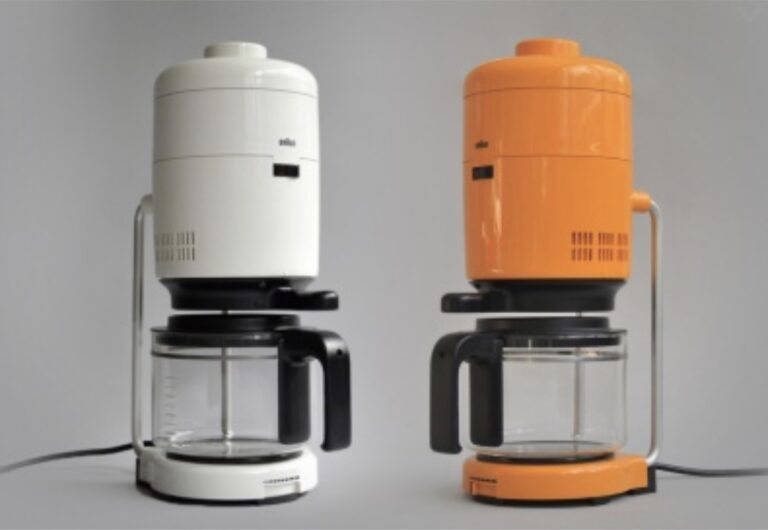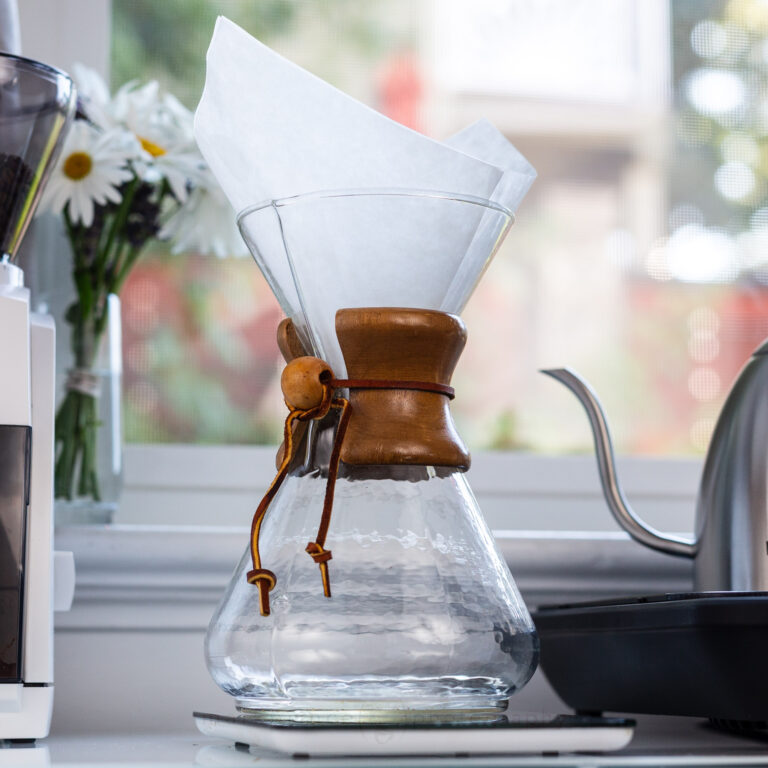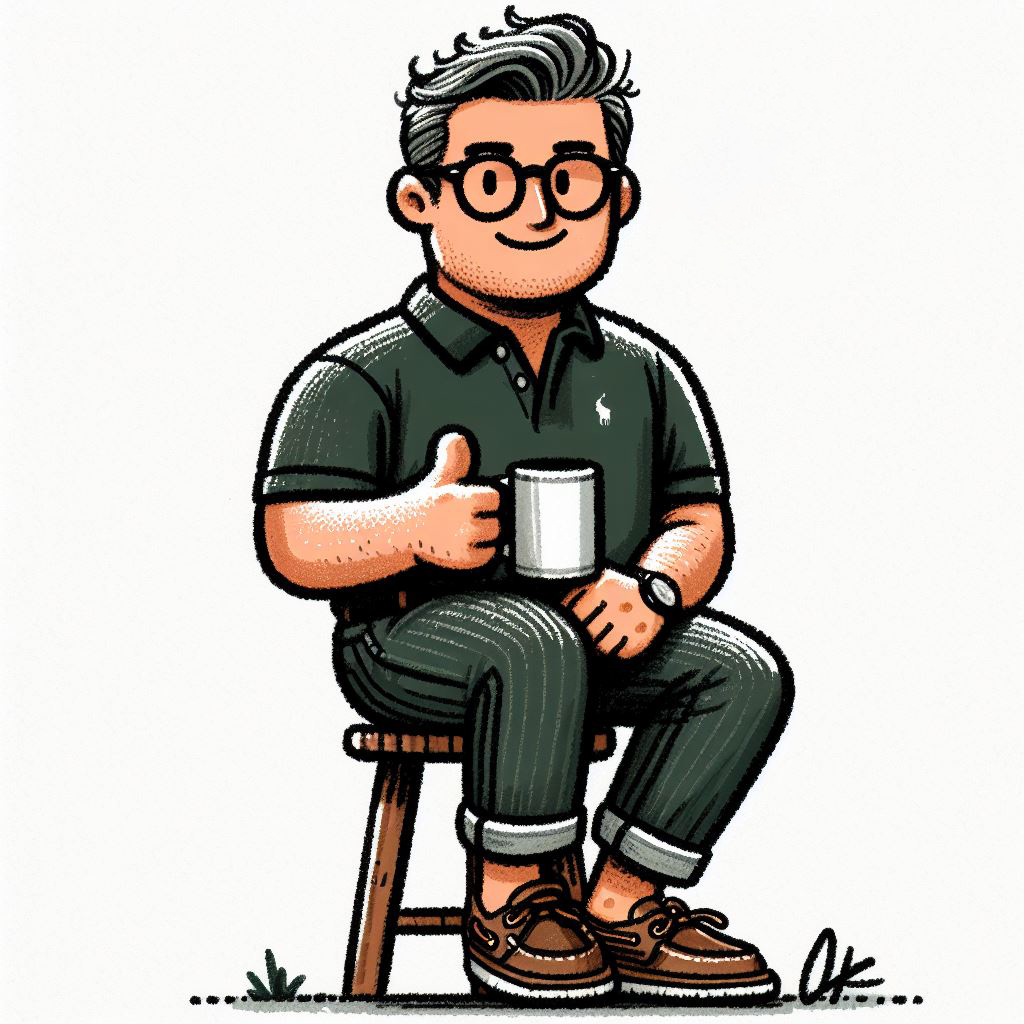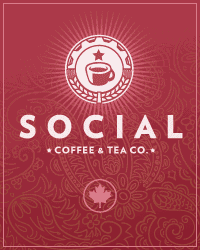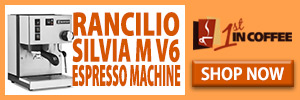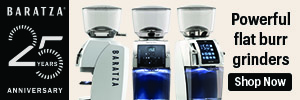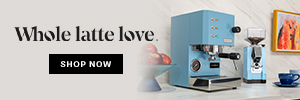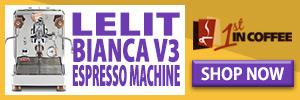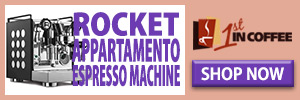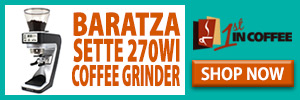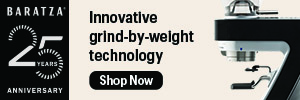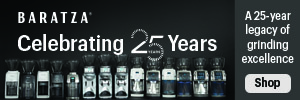Manual pour over coffee… Just eighteeen years ago, very few people in specialty coffee were talking about this brewing method, other than dedicated Melitta fans. Then something happened: because everything Japanese in coffee was (and is) considered “cool” in the coffee world, when word started to filter through the Internet about the Japanese doing a manual, slow and methodical approach to brewing coffee called “manual pour over”, it became a curiosity.
Then it became a trend. Then a fascination. Then an obsession.
Today, pour over coffee is arguably the number one method that serious coffee nerds use to brew non espresso based coffee. All in under 20 years.
Yet pour over coffee as we know it today is actually 120 years old.
Coffee Before Pourover
From the introduction of brewed coffee into European culture in the 1600s, through to the start of the 20th century, there were literally thousands of different brewing methods imagined, drawn out, patented, and manufactured. Many have gone the way of the dodo; some, like the siphon coffee maker (1840 invention), the balance brewer (1850 invention), the percolator (1875 invention), steam pressure espresso (a 1905 invention) have stuck around and even flourished.
In the 1800s, most devices that brewed coffee relied on perforated metal, built right into the design of the brewer, to filter coffee. Some brewing devices like siphons, balance brewers and others required another type of filtering material, so a type of muslin cloth was used, but its application was relatively rare. Even then, people liked the convenience of an all metal perforated filter with no cleanup of cloth materials after doing a brew.
Brewing devices of that era typically relied on a full immersion brewing modus to operate: at some point in their brewing process, all the water used to brew coffee was in contact with ground coffee. This isn’t to say there were some “pass through” devices that relied on a flow of water through coffee grounds, but they were not common.
Indeed most devices that brewed coffee were full immersion, and then relied on perforated metal to strain the brewed liquid from the spent coffee grounds. And the result more often than not was a lot of spent coffee grounds and sludge in the cup.
One thing that was not used for filtration was paper. But in 1906, a German woman named Melitta Bentz changed that.
The First Paper Filter Pour Over Design
Frustrated with the state of coffee in her own home and the dinginess of cloth filters, Melitta Bentz got the idea to stick some blotting paper in the bottom of a brass jug with some perforated holes in the bottom. Initially, she brewed coffee cowboy style in a second pot, let it steep, then poured the entire slurry into her brass jug with the paper blotter.
Very quickly she realised she could add the coffee to the brass pot with the paper blotter, and just pour boiling water over it. And it worked.
Two years later, she had refined the design, worked on a custom paper design (the start of the world famous Melitta cone design) and patented it on June 20, 1908. Part of the original patent reads: “coffee filter with curved and indented bottom and with slanting extraction holes” used in combination with “filtration paper” had been granted legal protection as a registered utility good. The patent was officially published in the “Patentblatt” of July 1908.

In the 1933, the cone filter design was patented by the Melitta company, which, while absolutely ground breaking (and the design that would usher in the development of the auto drip coffee maker in the 1960s and 1970s), came about as Melitta’s paper filtration system was on the decline.
During this time, the most popular brewing method in the USA and Canada was the siphon coffee maker. Siphons, while a lot more difficult to clean than paper filter brewing systems, were more automated and for many home consumers, “foolproof”.
Over forty different manufacturers in the USA alone made siphon coffee brewers, from Sunbeam to General Electric, from Silex to Cory, and many more. A manual pour over system, even with the convenience of throwing away the coffee with the paper filter, meant hands on coffee making. Siphons were generally hands off (for example, the Sunbeam CoffeeMaster was a very automatic brewing system).
In the 1950s, siphons were usurped by automatic percolator brewers, which led to a nosedive in coffee quality in the cup. This is because increased convenience, tied in with a promise of “using less beans to brew more coffee” (which the percolator did do) drove consumers to the horrible brewing method. Melitta was still chugging away, transitioning into a niche market in North America, though it remained a lot more popular in Europe.
In the meantime, a new manual pour over brewing device had hit the market: the Chemex system, with its circular, fold-it-yourself paper filter system. Patented in 1941, the Chemex gained popularity in the early 1950s, and being an American invention, was a lot more popular in the USA than Melitta was at the time.
And still another invention was just waiting to spread its wings: the automatic drip coffee maker.
The Rise of the Auto Drip Coffeemaker
Most folks think the auto drip was invented in the 1970s with the Mr. Coffee brewer. Not the case. The auto drip coffee maker was invented in Germany the early 1950s, and it is called the Wigomat. Here’s a look at one in operation:
The Wigomat was not a commercial success. There’s no denying that Mr. Coffee made the auto drip coffee maker truly mainstream, but before it came along, there was the Technivorm Moccamaster.
First sold in 1968, the Technivorm it came in two variants – a flat paper basket style filter system, and… a Melitta cone filter system. From all my research, this was the first ever auto drip brewer that used the Melitta cone filter.
Braun too, via the amazing designs of Dieter Rams, introduced coffee makers in the early 1970s, starting with the KF20 Aromaster. It was built around the cone filter shape, and had legions of fans. And let’s not forget Krups; they fully embraced the cone filter design in all their iconic auto drip coffee makers of the 1970s and 1980s, and had some really interesting designs, like the Krups Duomat in the early 1970s.
Meanwhile, manual, hand controlled pour over coffee became a complete niche market. Melitta had several systems, but was concentrating mainly on their paper filter business (for auto drip coffee makers), and selling roasted, pre ground coffee. That was the state of affair for manual pour over from the 1960s right through to 2000 and slightly beyond.
Chemex was around and it was very much a niche curiosity in 2000. I remember the brewer being discussed in the alt.coffee newsgroup in the late 1990s, and how nearly impossible it was to source the big round paper filters (that you had to fold up to use).
Indeed, the common comment was, “don’t bother, just buy a Melitta, it’s cheaper and the filters are everywhere”. And they were. Melitta plastic cone filter holders could be found for $10. Glass carafe and plastic filter holders for $15. And the boxes of Melitta filter papers were on every grocery store shelf. Melitta also sold their own line of coffee makers for a time, ones actually designed by the company, and based on a design they developed in the early 1970s. It was called the Melitta Clarity. It did look a bit familiar.
Enter the Japanese Pour Over Systems
Around 2005, the Internet started buzzing about a Japanese company called Hario, and their (then brand new) pour over system, the V60. CoffeeGeek’s old forums were full of the discussions, as were other popular coffee forums of the time.
Hario was a known company amongst the “coffee illuminati” of the day because of their siphon coffee systems (we even reviewed a Hario Nouveau way back in 2001, and did a 20 year anniversary redo of that review last year), but they weren’t known for other coffee brewing methods until the company rolled out the V60 filter system and it’s unique true cone filter in 2005. Here’s a good backgrounder on the development of the V60.
A lot of folks want to credit Blue Bottle for the pour over (and siphon) crazes, but they were just the benefactors of savvy marketing and journalism connections. When it comes to the rising popularity of both brewing methods in the late ‘aughts, it was the Internet community that blew it all up and made it the rage.
The Chemex brewer was already coming back into vogue around 2005, and once the Hario V60 system became a known entity amongst bloggers and coffee communities online, everyone wanted to get in on that.
Blue Bottle managed to get some big name press around 2010 and 11 for their pour over and siphon systems, but it was 2 years earlier when many coffee nerds started hearing about Japanese pourover. In 2008, a new blog called Barismo started up and really started to explore all aspects of pour over. They showed off techniques, had blog posts on evolving techniques, and were basically massive evangelists for the pour over method and all things Hario. To them, pour over was the second coming of great coffee, and they, along with the coffee communities online of the day, were the real instigators of this discovery and revival of pour over coffee.
(nb, Barismo is still around, but is now a business, and all those blog posts are long gone, unfortunately).
Other blogs and websites followed suit, then roasters like BB got in on the action helping to further propel the newfound love for pour over coffee.
Since 2005, literally hundreds of thousands of web pages, blogs, YouTube videos, reddit and Facebook posts and more have been written online about pour over coffee. Hario with their pointy cone V60 system has become the specialty coffee favourite, though the Kalitta system of the foldy wavy filters is popular as well. Chemex has seen a huge resurgence. Other makers have come around and gained market share.
And yet, Melitta is still chugging along. The absolute inventor of pour over coffee. And still today one of the cheapest ways to get into pour over coffee. Their filter systems are time proven, innovations like the FlavorPore design means more insoluble oils make it into your cup (compared to the Hario papers which do not do this), and the filter papers are available everywhere.
Simplified, Meet Technology
As is the case with most hobbies, most pursuits, most passions, whenever enough people get interested in something, others are looking for ways to both improve it, and make money from it.
The same is true for pour over coffee.
When pour over took off in the ‘aughts, it was based around a $25 brewer (the Hario), a $25 pour over kettle (budget gooseneck kettles imported from Japan) and a $10 kitchen scale.
Today if you want to get into pour over coffee, you’re being pushed towards $300 grinders, $250 pour over kettles, $250 scales, and $100 drippers using filter papers that seem to cost $2 each. So much for simplified and budget friendly.
It doesn’t have to be this way. Sure, having a nice temperature control, gooseneck kettle that can pour as slow as 2ml per second might give marginal improvements to the overall extraction. Having an industrial grade scale designed for pour over that shows you your active flow rate via light up dots is fun and can help you brew better. And using some super exotic, limited release dripper that uses custom designed filter papers might make you feel like the big kahuna… or possibly just make you take more care in brewing your pour over.
But you really don’t need any of that to get a great cup of pour over coffee.
We have several guides on CoffeeGeek for pour over, including a How to on the V60, a Chemex Guide, a walkthrough on using a cloth pourover brewer, and even a Japanese Iced Coffee How To. All of these guides try to show you budget ways to do these brew methods, along with ways relying on more expensive equipment.
At the end of the day, to get good pour over, you need five equally important elements to get a good cup:
- Water, and the delivery system (aka kettle) used to heat and pour the water.
- Coffee, and the device you use to grind it just before brewing.
- The brewing device itself.
- The filter you choose to use.
- A scale. Yes, you need a scale. A super cheap, 1g readout kitchen scale, found under $15 at most department stores will do just fine.
We’ve seen lots of technological advances in the above tools. Temperature control, gooseneck kettles can be found by the dozens on Amazon now, all owing to the popularity of pour over coffee. Scales costing as much as $350, dedicated to coffee, are available today when they didn’t even exist 10 years ago. We’ve seen both the electric grinder market greatly expand because of pourover, and a new market – handheld manual grinders – be born and massively grow as well, with some models costing $300 or more.
A lot of these technology advances create more ease of use in the pour over method, but not all of them do.
There is some comfort in the fact that, with a simple $7.50 pour over filter holder, a $10 carafe, a $10 scale, a $3 box of 100 filters, some good coffee, and a capable grinder, you can easily make pour over coffee in your home that rivals the coffee brewed by folks who have spent $1,000 on their pour over setup.












